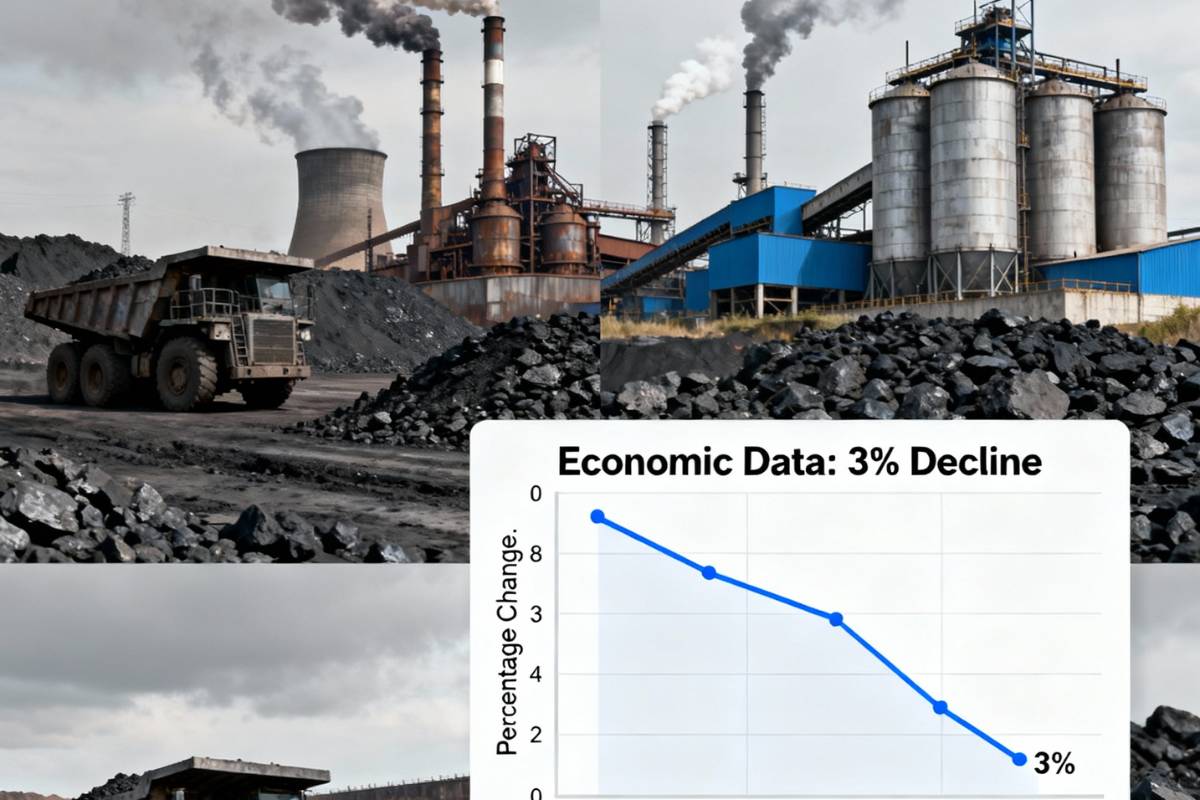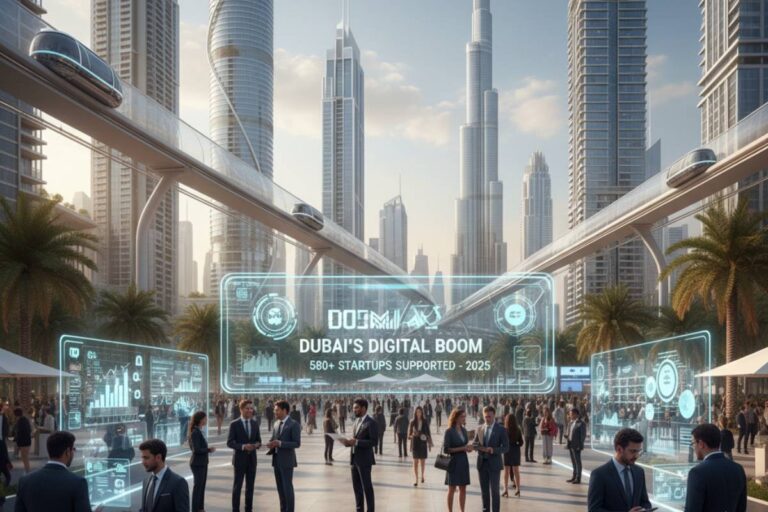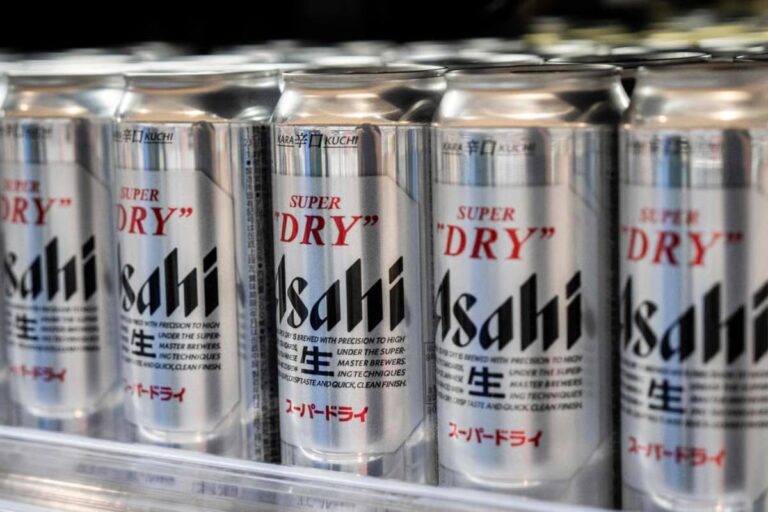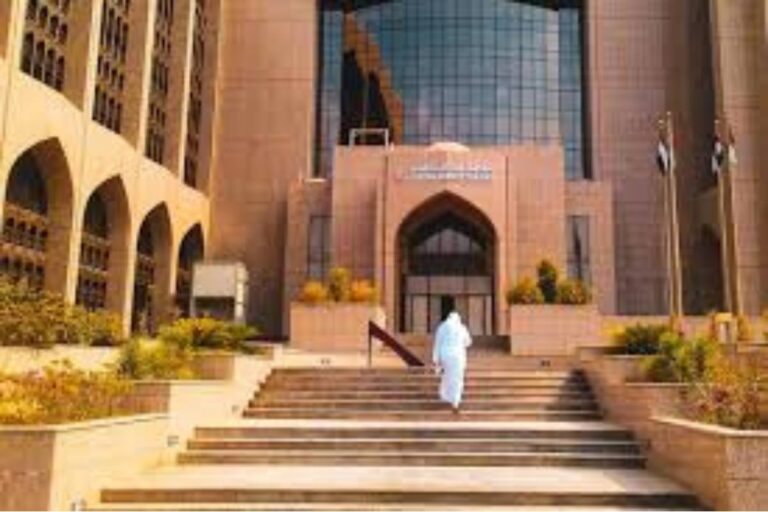Last month, India’s industrial base showed signs of stress. The eight main infrastructure sectors, which are the lifeblood of the economy, only grew by 3% in September 2025. This was a big drop from the previous month’s strong performance and set a three-month low.
This slowdown… It wasn’t completely unexpected, but it’s still worrying. The drop happened even though the government had hoped for stronger momentum going into the holiday season. This performance is especially interesting because it shows two sides: while sectors linked to infrastructure, like steel and cement, kept going up, sectors based on energy fell hard, bringing down the overall numbers.
Energy sectors are bringing down the overall performance
Energy is the reason for and the end of September’s slow growth. Four important fuel-based sectors shrank a lot, which had a big negative effect on the Index of Core Industries (ICI). In August, coal production rose an impressive 11.4%, but in September it fell 1.2%, which was a big change. This wasn’t just a statistical fluke; it showed that things were really hard to do on the ground.
Heavy rains and flooding from the monsoon season stopped mining in several coalfields in September. Coal India Limited, which makes more than 80% of the country’s coal, saw its output drop from 50.94 million tonnes in the same month last year to 48.97 million tonnes this year. This is a drop of 3.9%. G Kishan Reddy, the Minister of Coal and Mines, said that the monsoon had an effect, but he promised that there was no shortage of coal in the country.
Crude oil production fell by 1.3%, which is bad news for the sector, which has been having trouble with old wells and lower productivity. The amount of natural gas produced fell even more sharply, by 3.8%. This was the fifteenth month in a row that this sector saw a drop. This is a worrying trend that shows there are bigger problems with India’s hydrocarbon industry.
The refinery sector was hit the hardest, with a 3.7% drop after returning to positive growth in August. This sudden change shows how unstable India’s oil industry is, where production is still limited by old infrastructure and the need for extraction methods that require a lot of technology.
Steel and cement make things better
But this is where the picture gets a lot better. In September, steel production rose 14.1% year over year, making it the third month in a row that it grew by double digits. This impressive performance wasn’t a fluke; it was due to strong demand from the construction sector, which was driven by the government’s continued focus on capital spending.
The Union Budget for FY 2025-26 set aside ₹11.21 lakh crore (about 3.1% of GDP) for capital spending, which is 10% more than the previous year. This huge investment in infrastructure, shipbuilding, green energy, and urban housing projects kept the demand for structural steel, reinforcement bars, and plate products high.
Cement production went up by 5.3%, but this was the lowest growth rate for the sector since October 2024. Even though the pace slowed down from previous months, the positive growth showed that activity in the housing and real estate sectors was steady.
Fertilizer production went up by a small 1.6%, thanks to farmers stocking up before the rabi season so they could plant their winter crops. Electricity generation went up by 2.1%, but that was only half of the 4.1% growth that happened in August. It was also the lowest level since June 2025.
Looking at Performance Over Different Time Periods
The 3% growth in September 2025 was a huge drop from the 6.5% growth in August, which had been the highest in 13 months. The difference couldn’t be clearer. In August, coal prices went up by 11.4%, and the growth of refinery products, which had been negative in July, turned positive again. But those gains came crashing down in September.
It’s interesting that September 2025’s performance was still better than September 2024’s, when the core sectors only grew by 2.4%. This year’s increase of 0.6 percentage points was somewhat comforting, as it suggested that the overall trend was still positive compared to last year, even though there was a monthly setback.
During the April to September period of fiscal year 2026, the eight infrastructure sectors grew by only 2.9%, which is much slower than the 4.3% growth seen during the same time last year. This cumulative slowdown shows that industrial momentum is still positive, but it has slowed down because of uncertainty about global demand and uneven recovery across sectors.
Learning About the Core Sectors and Why They Matter Economically
These eight main industries, coal, crude oil, natural gas, refinery products, fertilizers, steel, cement, and electricity, aren’t just random signs. They make up 40.27% of the Index of Industrial Production (IIP), which makes them a very important measure of the health of the country’s industries. When these industries sneeze, the whole manufacturing economy gets sick.
In recent months, the IIP itself had sent mixed signals. It reached a four-month high of 3.5% in July, but then fell to 4% in August. This was mostly because of changes in the growth of the manufacturing sector. The National Statistical Office’s data showed that overall industrial production growth had slowed down, which means that there are problems in more areas than just the core sectors.
Analysis by Sector: Who Won and Who Lost
Steel was the clear winner in September 2025. The 14.1% growth was impressive on its own, but it was also the best performance of all eight sectors. This showed that the construction industry still wants steel products. This need was steady all year because of government infrastructure projects like roads, railways, and urban housing plans.
Cement’s 5.3% growth was good, but it looked like it was slowing down. The sector grew by 6.1% in August and 11.6% in July, which shows that construction activity was slowly slowing down as the year went on. Housing projects and real estate developers kept up demand, but not at the same breakneck pace as before.
The 1.6% growth in fertilizer was a big drop from the 4.6% growth in August. However, people who follow the industry said that this was normal for the time before the rabi season, when farmers bought a lot of fertilizers in preparation for planting in the winter.
The 2.1% growth in electricity generation, down from 4.1% in August, was due to a number of things, including:
- Less industrial demand during monsoon disruptions
- Longer-than-expected periods of rain
- Generally cooler weather that cuts down on power use for cooling
How the Monsoon Affects Production
The long monsoon in September caused a lot of problems for production in many industries. The rain came later and stayed longer than usual for this time of year, which made things very difficult for mining companies.
Open-cast coal mines, which make up most of India’s coal production, had a lot of problems with waterlogging. Mining equipment couldn’t work when it was flooded, moving coal from the pithead to the railways was hard, and overall productivity dropped. The chairman of CIL, PM Prasad, said that these problems were real, but he was hopeful that production would pick up again when the dry season started.
The good news? Power generation companies kept healthy stockpiles, about 20 days’ worth, and there were still a lot of stocks at mine pitheads, so there was no real shortage even though production was slowed down.
Problems with the structure of the energy sectors
India’s energy sectors have deeper structural problems than just those caused by the weather, as shown by the numbers from September. Natural gas production has been going down for fifteen months in a row, which is a shocking streak that suggests there are problems with the system rather than just short-term problems.
Most of India’s crude oil and natural gas come from old wells that have gotten less productive over time. Experts in the oil and gas industry say that India doesn’t have any more “easy oil and gas.” To get more difficult fields, like ultra-deepwater deposits, to produce in the future, a lot of money will need to be spent on extraction methods that are very high-tech.
The Indian hydrocarbon sector is still mostly made up of state-owned exploration and production companies. These companies may not be as flexible or have as much money as private companies. This structural problem makes it harder for the sector to quickly deal with production problems.
What the government did and what policies it put in place
The government hasn’t been doing anything. The Union Budget 2025–26 set aside a huge ₹11.21 lakh crore for capital spending that was meant to improve infrastructure and increase demand for steel and cement.
Key budget allocations:
- ₹200 billion for a new small modular reactor nuclear energy mission
- ₹250 billion for maritime development
- Enhanced credit support for MSMEs
All of these things are meant to boost demand for building materials and industrial goods.
The government also suggested giving low-carbon steel mills ₹150 billion in incentives. This is part of India’s larger plan to cut emissions in the steel sector and reach its net-zero goal by 2070. These green steel projects are meant to make India’s steel industry more competitive in the future while also taking care of environmental issues.
The government set high production goals for coal, 875 million tonnes for the fiscal year 2025–26, in order to reduce reliance on imported coal and improve energy security. But to reach these goals, we will have to deal with both short-term problems caused by the weather and long-term problems with productivity.
Effects on the economy and what the future holds
What does the slowdown in September mean for India’s economy as a whole? It’s not easy to say what the answer is. The 3% growth is disappointing compared to August, but it still means growth, not shrinkage. The industrial parts of the economy are still growing, but not as quickly as policymakers would like.
The fact that the performance is both good and bad, strong infrastructure sectors and weak energy sectors, suggests that the government’s capital spending is having the desired effect of boosting demand for construction. The strategy of investing in infrastructure is proven by steel’s continued double-digit growth.
But the ongoing weakness in the energy sectors makes people worry about supply-side constraints. India needs to import more oil, gas, and coal if it can’t make enough of them at home. This will make the trade deficit bigger and put pressure on the currency. If it doesn’t, it could run into supply problems that could slow down industrial growth.
The 2.9% growth from April to September, down from 4.3% last year, shows that while the industrial sector is still growing, the pace of growth has definitely slowed down. This slowdown is happening at a time when there is uncertainty about global demand, geopolitical tensions are affecting energy markets, and there are problems at home, such as monsoon disruptions and aging infrastructure.
What Experts in the Field Think
Analysts in the industry have given the core sector performance a mix of good and bad reviews. Some experts warn that the 10% rise in government capital spending is still strong, but it may not be enough to support the double-digit growth in steel demand that has been seen in the past few years. Between 2021 and 2024, government spending grew at a rate of about 30% per year. This was too fast to keep up with, but it created a huge demand for industrial goods.
Ritabrata Ghosh, vice president and sector head at Indian credit rating agency ICRA, said, “In the past, the unprecedented pace of government spending was a shock absorber for the domestic steel industry, insulating it partially from external pressures such as imports.” “Even though a 10% increase in capital spending is still strong, it won’t be as good a stabilizer for the steel industry as it was in the last three years.”
Some people are still more hopeful. Abhyuday Jindal, Managing Director of Jindal Stainless, said that “steel, coal, and mines are interdependent sectors that play a key role in making various important industries work and building a self-reliant, future-ready economy that is necessary for India to be developed by 2047.”
Things that happen in different places and at different times of the year
The long monsoon had different effects on different areas and coalfields. Western Coalfields Limited, one of CIL’s subsidiaries, thinks it will reach its annual goal in the next quarter, even though things didn’t go well in September. The different effects on different regions suggest that some places dealt with monsoon problems better than others, either because they had better drainage systems or more flexible ways of doing things.
As the dry season really gets going, conditions for production should get a lot better. CIL Chairman PM Prasad was sure that the company would not only get back the production it lost, but also do better than it did last year and see year-on-year growth by the end of the fiscal year.
Some problems are only temporary, which gives us hope. Power demand, which had been low during the long monsoon season because of cooler weather, should rise as winter approaches and then skyrocket in the summer. Because of this cyclical pattern, production shortfalls during bad weather don’t always mean that production will be low all year.
Comparative Context: Trends Over Time
Longer-term trends help us understand how September did. From 2005 to 2025, the Index of Core Industries grew by an average of 4.60%. In April 2021, it hit an all-time high of 62.6%, thanks to very low base effects from the pandemic-affected April 2020. In April 2020, during the COVID-19 lockdown, it hit an all-time low of -37.9%.
When you look at it this way, the 3% growth in September 2025 is below average but not terrible. This number shows that the economy is growing even though it is facing both cyclical problems (like monsoon disruptions) and structural problems (like aging energy infrastructure).
The 2.9% growth from April to September for fiscal year 2026 is not as good as the 4.3% growth during the same time last year. However, it’s important to remember that fiscal year 2025 had already been slowing down compared to previous years. The trend line shows that growth rates are slowly returning to normal after a few years of high government spending and the effects of the pandemic recovery.
Strategies for Investing and Spreading Out Your Money
Coal India has started to diversify its business portfolio because it knows that traditional energy sectors will face long-term problems. The company recently worked with Bharat Heavy Electrical Limited on a surface coal gasification project in Odisha and bought graphite blocks in Madhya Pradesh and Chhattisgarh. These changes are meant to create new ways to make money over the next two to three years, as demand for coal slowly goes down as more people use alternative energy sources.
CIL Chairman Prasad, on the other hand, said that major effects from alternative energy won’t happen for at least 10 to 15 years. This gives coal producers time to change how they do business. This realistic timeline takes into account both the speed of the energy transition and the fact that coal will still be important for India’s energy security in the medium term.
The Effects on Trade Balance and Imports
The fact that India doesn’t produce enough crude oil and natural gas has a direct effect on its trade balance and reliance on imports. When India doesn’t make enough of something to meet demand, it has to buy more from other countries. This usually costs more and is subject to changes in the global market.
India will probably still have to pay a lot for energy because crude oil production fell by 1.3% and natural gas production fell by 3.8%. This puts pressure on foreign exchange and makes the economy more vulnerable to geopolitical risks that affect global energy markets.
The 3.7% drop in refinery products, even though India has a lot of refining capacity, also suggests that there are operational problems or problems with getting the right inputs that make it necessary to rely on imported refined products. To fix these problems, we need to make short-term changes to how we do things and make long-term investments in improving the refining infrastructure.
What to Expect in October and Beyond
As October goes on and the monsoon ends for good, conditions for production should get a lot better in coal and other mining-dependent sectors. The dry season is usually the best time for open-cast mining, transportation, and logistics to work.
The demand for cement, steel, and electricity should go up during the holiday season, which usually starts in October and November. This is because construction activity is picking up and people are spending more money. The government’s infrastructure project pipeline will keep demand for construction materials strong through the end of the fiscal year.
There are still a few wildcards, though. Uncertainty in the global economy, especially when it comes to major trading partners and commodity prices, could have an effect on industries that depend on exports. Whether demand-side momentum can be kept going will depend on things like the availability of credit, how private sector investors feel about investing, and how confident consumers are.
The structural problems in the energy sector won’t go away quickly. It takes a lot of money to invest in new extraction technologies and develop hard-to-reach fields to improve the production of crude oil and natural gas. These projects can take years to finish. In the meantime, India will have to carefully weigh its concerns about energy security against its budgetary limits on import costs.
Conclusion
The performance of the core sector in September 2025 tells a complicated story. It’s not a disaster or a triumph; it’s a realistic picture of an economy dealing with bad weather, changes in its structure, and the hard work of keeping industrial growth going in a world full of uncertainty. The steel and cement industries have shown that targeted government actions can work, but the problems in the energy sector show that more major changes and investments are still needed right away



















